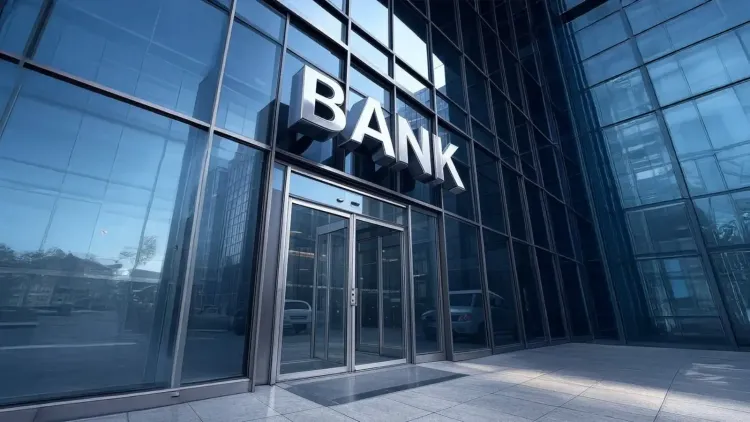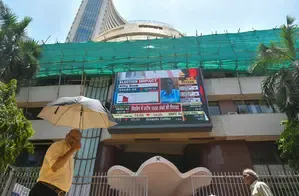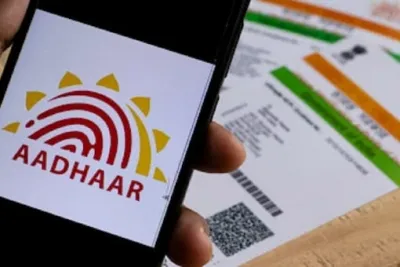Are Indian Banks Prepared to Tackle Global Uncertainties, Tariffs, and Rate Cuts?

Synopsis
Key Takeaways
- Indian banks are well-prepared for global economic challenges.
- Low exposure to vulnerable sectors enhances resilience.
- Projected credit growth remains strong despite uncertainties.
- Corporate deleveraging supports financial stability.
- Secured retail lending is a key focus area for banks.
New Delhi, Oct 8 (NationPress) Indian banks are strategically positioned to handle global uncertainties, tariffs, interest rate reductions, and a depreciating rupee, according to a report released by S&P Global Ratings on Wednesday.
The global ratings agency observed a marked improvement in the financial resilience of Indian corporates.
Several key factors contribute to the robustness of Indian banks, including their minimal exposure to sectors impacted by tariffs, corporate deleveraging, and a concentrated effort on secured retail lending.
"Although we predict a slight decline in asset quality, non-performing loans will remain within the range of 3.0-3.5 percent, with credit costs expected to rise to 80-90 basis points over the next two years," the report indicated.
The anticipated increase in credit costs is attributed to diminishing advantages from rapid recoveries and stress in areas like unsecured retail, SME loans under Indian Rs 10 lakh, and microfinance.
As of August 22, the exposure of Indian banks to the tariff-affected textiles and gems and jewellery sectors is merely 2 percent of total loans.
These sectors are particularly susceptible due to their high leverage and low profit margins.
Nevertheless, the repercussions on individual companies will vary based on factors such as product mix, sales locations, competitive advantages, and their specific leverage, the report explained.
Banks will experience a limited direct effect from the weakening rupee, as external borrowings account for only 5 percent of their total. Additionally, the indirect consequences are minor since approximately 75 percent of corporate external commercial borrowings are hedged.
"We utilized Asia-Pacific corporate default rates to assess CreditModel scores for over 2,000 Indian companies. Our scenario analysis indicates that Indian banks are well-equipped to absorb potential slippages, positioning them favorably for growth," stated S&P Global Ratings credit analyst, Geeta Chugh.
"Our scenario analysis suggests that the formation of new non-performing loans (NPLs) in corporate lending will average 1.1 percent annually over the next two years," Chugh added.
However, the report emphasized that the overall rate of new NPL formation will be higher, ranging from 1.7 to 1.8 percent, given increased slippages in the small and midsize enterprise (SME) and retail sectors.
Pre-provision operating profits at 3.6-3.7 percent of loans suggest that Indian banks can comfortably absorb the anticipated rise in credit costs, with their earnings remaining comparable to or even surpassing those of many regional peers.
"Despite the prevailing global uncertainties and cautious lending practices, we project credit growth of 11.5-12.5 percent over fiscal years 2026 and 2027, notwithstanding subdued demand and stricter underwriting standards," the report concluded.









